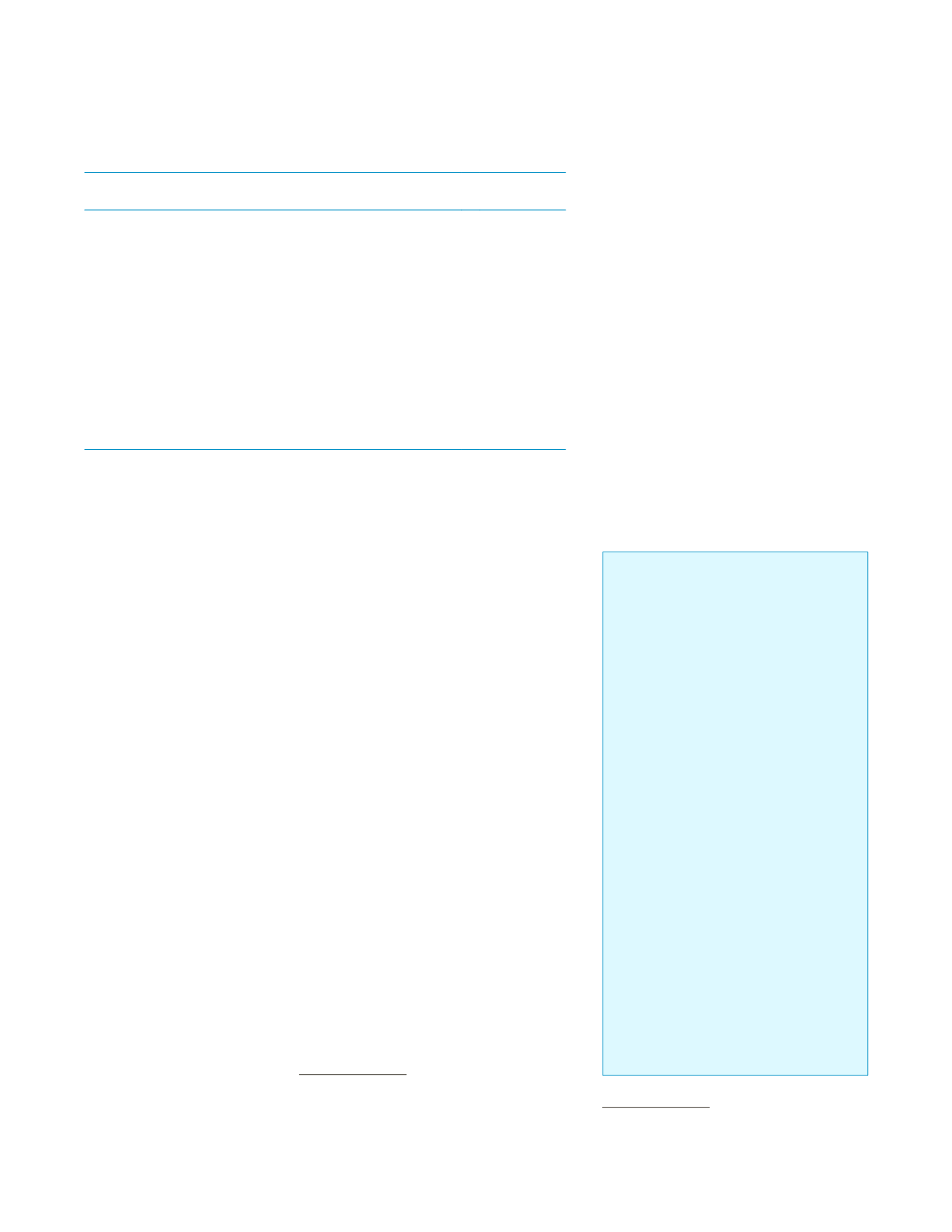
10
S
tate
of
I
ndia
’
s
L
ivelihoods
R
eport
2015
yet unquantified as the full impact of the
National Food Security Act (NFSA) imple-
mentation will be known by the middle of
the current fiscal year 2015–16 (Table 1.6). If
the NFSA is implemented as envisaged, the
Subsidy Bill could be about five times more
than what is provided on a conservative
estimate
12
(Chapter 2 has a detailed analysis
of the NFSA and its implementation). The
cutting down of subsidies, targeting their
destination and building leakage free chan-
nels of delivery are the major tasks before
the government. This will free resources
for investing in productive areas of the
economy that can support enterprises,
employment and livelihoods. According
to the
Economic Survey
13
this also
requires proactive support from the govern-
ment in the form of a well-functioning, well-
targeted, leakage-proof safety net that will
both provide minimum income and protect
against adverse shocks. This is also true in
rural India where economic conditions for
farmers and labourers are under stress. The
policy issue now is no longer whether but how
best to ‘provide and protect…’
The JAM trinity
14
is to be used to cut
down the delivery costs and leakages in
benefits transfer from government to tar-
get households (Box 1.1). The operational
modalities of direct benefit transfer (DBT)
to banks accounts has already been tested
in case of cooking gas subsidies, where the
government has shifted from subsidising the
gas at the purchase point to providing cash
equivalent directly to the identified consum-
ers. The pace of Aadhar registration in some
states, the Supreme Court’s ruling that takes
away the element of compulsion in produc-
tion of Aadhar numbers for entitlements
and the dormancy of recently opened bank
accounts for several reasons, are likely to
prove as dampners for the immediate roll-
out of JAM-based DBT.
12
The food security bill could be as high as
`
7,500
billion.
13
The economic survey 2014–15, Ministry of
Finance, Government of India.
Table 1.6:
The subsidy bill 2015–16
Head
Budget provision
(
`
billions)
Food (including NFSA)
1,244.19
Fertiliser
729.68
Petroleum
300.00
Interest subvention to industrial units in Andhra Pradesh and Telangana
1.00
Interest subsidy to LIC for Pension Plan of senior citizens
1.02
Interest subvention for providing Short Term Credit to farmers
130.00
Interest subsidy to banks under export promotion
16.25
Interest subsidies to khadi and village industries
0.26
Scheme for extending financial assistance to sugar undertaking in 2014
8.00
Susidy on import of pulses
0.10
Total
2,430.50
Source:
Based on Budget documents of Union Budget 2015–16, MoF, GoI. There are a few other
subsidies which are not listed here because the amounts involved are not significant.
14
The Jan Dhan Yojana, Aadhar, Mobile numbers
form this trinity.
Box 1.1:
Cutting down subsidy
expenditure through smart IT-based
delivery
Cash transfers can also augment the effec-
tiveness of existing anti-poverty programmes
like the Mahatma Gandhi National Rural
Employment Guarantee Act (MGNREGA).
A recent study reported evidences from AP
where MGNREGA and social security pay-
ments were paid through Aadhar-linked
bank accounts. Households received pay-
ments faster with the new Aadhar-linked
DBT system and leakages decreased so
much that the value of fiscal savings—due
to reduced leakages—was eight times
greater than the cost of implementing the
programme. Much of the leakage reduc-
tion resulting from biometric identification
stems from fewer ghost beneficiaries.
Indeed, the government is realising the
gains fromDBT areas by paying cooking gas
subsidies directly into the bank accounts of
9.75 crore recipients. Today there are about
125.5 million Jan Dhan bank accounts, 757
million Aadhar numbers and approximately
904 million mobile phones. It is possible to
envisage that when the JAM trinity becomes
linked, the goal of periodic and seamless


